In recent years, the Internet of Things (IoT) has drastically altered various aspects of our lives, transforming how we communicate, work, and even manage our homes.
One area that has experienced significant change as a result of IoT is air conditioning systems. The incorporation of IoT with air conditioners has not only simplified the way homeowners control and monitor their cooling systems but also heightened energy efficiency and overall comfort.
In this blog post, we will delve into the ways in which IoT is revolutionizing our interaction with air conditioners and the advantages this innovative technology brings to our day-to-day lives.
Remote Control And Monitoring
Perhaps the most significant change that IoT has brought to air conditioners is the ability to remotely control and monitor the cooling systems.
By connecting the air conditioner to your home’s Wi-Fi network, you can manage your system through a smartphone, tablet, or computer from anywhere in the world.
This convenience allows you to adjust the temperature, turn the air conditioner on or off, and even receive alerts if there’s an issue with your system, making an AC Tune-Up in Columbus easier than ever. This level of control and convenience is unmatched in traditional air conditioning setups.
Intelligent Cooling With Smart Thermostats
The advent of smart thermostats has revolutionized the way we interact with air conditioners. These IoT-enabled devices offer a host of features, such as learning algorithms, which help to optimize the cooling process based on your habits and preferences.
By analyzing the data collected over time, smart thermostats can automatically adjust the temperature to provide optimal comfort while minimizing energy consumption.
This intelligent cooling approach not only ensures a consistently comfortable home environment but also reduces energy costs in the long run.
Integration With Smart Home Ecosystems
IoT technology has facilitated the seamless integration of air conditioners with other smart devices in the home, such as smart lights, blinds, and fans.
By connecting your air conditioner to a smart home hub like Amazon Echo, Google Home, or Apple HomeKit, you can use voice commands to control your air conditioner or create routines that involve other smart devices.
This interconnectedness enhances the overall home automation experience, allowing for more comprehensive and personalized control over your living environment.
Geofencing For Automated Comfort
Geofencing is a powerful IoT feature that uses your smartphone’s location to create virtual boundaries that trigger your air conditioner to turn on or off when you enter or leave a designated area.
This automated process ensures that your home is cool and comfortable when you arrive, without wasting energy cooling an empty house. By leveraging geofencing technology, homeowners can enjoy both convenience and energy savings.
Energy Consumption Tracking And Analysis
IoT-enabled air conditioners often come with features that allow users to track and analyze their energy consumption. This data can be accessed through dedicated apps or web platforms, providing valuable insights into your cooling habits and energy usage patterns.
By understanding your energy consumption, you can make informed decisions to optimize your cooling system for increased efficiency and reduced energy costs.
Predictive Maintenance And Alerts
One of the significant advantages of IoT technology in air conditioning is the ability to predict potential system issues before they become critical. IoT-enabled air conditioners can continuously monitor the system’s performance, sending alerts to homeowners if any anomalies are detected.
This predictive maintenance approach allows for timely servicing and repairs, reducing the risk of costly breakdowns and ensuring that the system operates at peak efficiency.
Customizable Cooling Schedules
Another benefit of IoT-enabled air conditioners is the ability to create customizable cooling schedules based on your daily routine.
By using your smart home app or hub, you can program your air conditioner to turn on or off at specific times or adjust the temperature based on your activities. This not only ensures a comfortable home environment but also helps you conserve energy by avoiding unnecessary cooling when no one is home.
By tailoring your cooling schedule to your lifestyle, you can maximize both comfort and energy efficiency.
Enhanced Indoor Air Quality
Many IoT-enabled air conditioners now offer features that help improve indoor air quality. These advanced systems can monitor and control humidity levels, filter out airborne pollutants, and even detect harmful gasses like carbon monoxide.
By integrating these features, IoT air conditioners not only provide a comfortable temperature but also ensure a healthier living environment for you and your family.
Machine Learning And AI For Optimized Cooling
IoT technology’s integration with machine learning and artificial intelligence (AI) has the potential to revolutionize the way we interact with air conditioners.
Advanced algorithms can analyze data collected from your cooling habits, local weather conditions, and other relevant factors to optimize your air conditioner’s performance. This data-driven approach enables your air conditioner to “learn” your preferences and dynamically adjust its settings to provide the most comfortable and energy-efficient cooling experience possible.
The Future Of IoT And Air Conditioning Innovations
As the Internet of Things continues to evolve, we can anticipate a wealth of inventive developments emerging in the air conditioning sector.
Some potential advancements include air conditioners that can interact with the power grid to balance energy consumption during peak demand, the incorporation of renewable energy sources like solar energy to further minimize energy costs, and even more advanced AI algorithms capable of predicting your cooling requirements based on daily routines and local weather patterns.
The potential of IoT and air conditioning is genuinely exciting, and we are only just beginning to uncover the advantages this technology offers.
Conclusion
The advent of the Internet of Things has had a profound influence on how we engage with air conditioners, bringing increased convenience, energy conservation, and heightened comfort to our daily lives.
Embracing IoT technology features such as remote management, intelligent thermostats, seamless integration with smart home systems, geofencing capabilities, energy usage tracking, preemptive maintenance, tailored cooling timetables, improved indoor air quality, and the utilization of machine learning and AI, enables us to fine-tune our air conditioning systems for a more enjoyable and environmentally friendly living environment.
As advancements in IoT technology persist, we can anticipate even more remarkable innovations that will further refine our air conditioning experiences and promote a more interconnected and sustainable world.

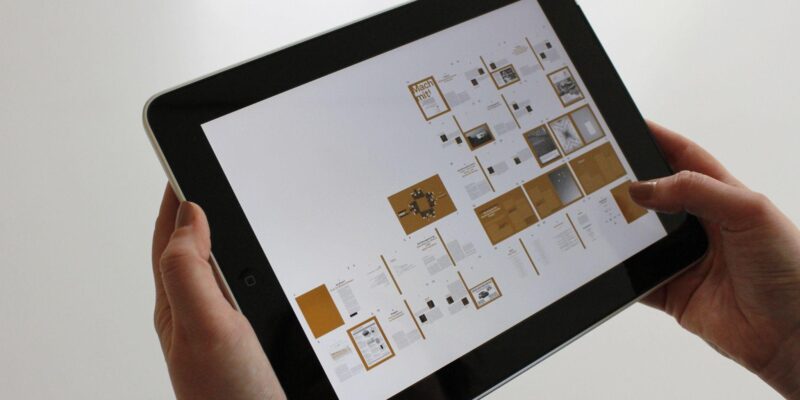
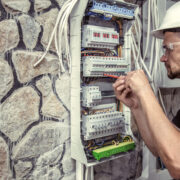
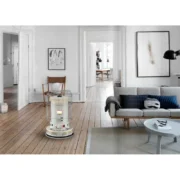
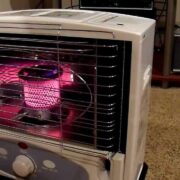
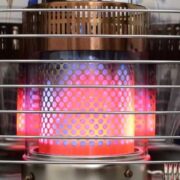



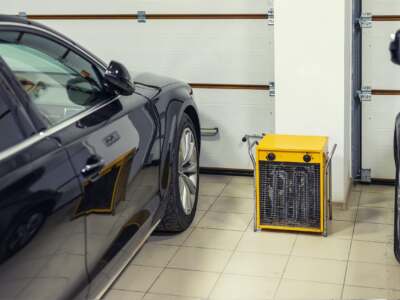
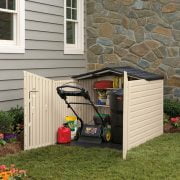

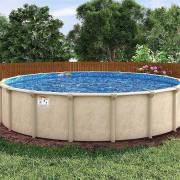

Comments